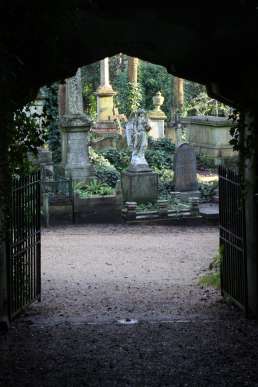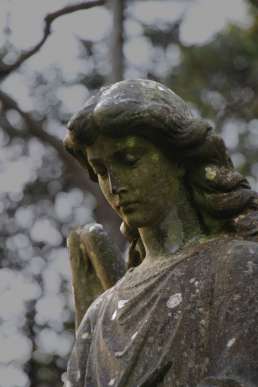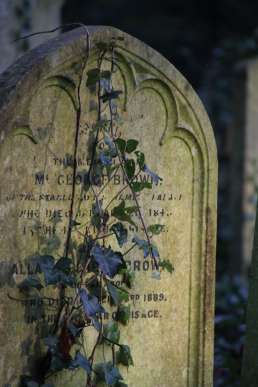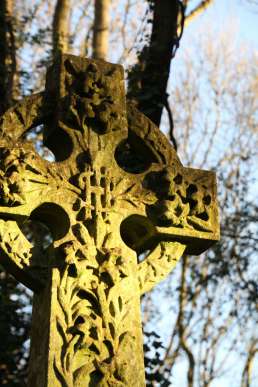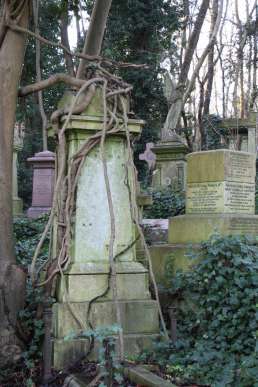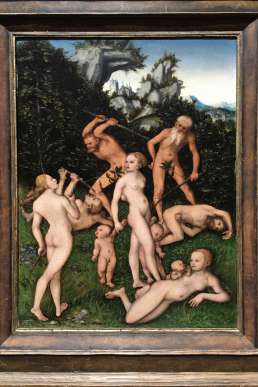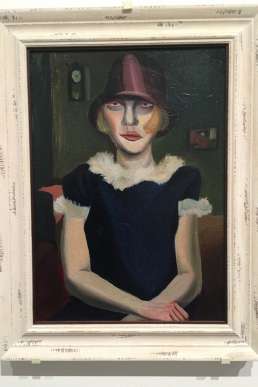My songwriting trip to London was a comedy of highs and lows. On the bright side, the home of Big Ben (looking quite anxious this time, sheathed in alabaster Latex), revealed no shortage of musical inspiration. On the darker side, I contracted microbial vestiges of London’s Great Plague (ca. 1665) that literally knocked me off my feet. Those spendy Harry Potter theater tickets? Wasted. [Well, actually, I survived the first act, but another three hours shimmed between fanatic Pooterheads would’ve challenged my composure on the healthiest of days.]
To make matters worse, my ethereal wife did an impromptu somersault down the Knightsbridge tube station stairs and spent the entire holiday week on crutches that, fittingly, gave her the pathetic appearance of young Tiny Tim. If I sound insensitive, it’s only because I couldn’t in any way appreciate her suffering through the self-loathing fog of my own. “Don’t look for piety from a dying man, babe.” She still resents me.
But, let’s talk songwriting. If travel is the waterway to songwriting inspiration, then London is a fire hose – especially if your songs lean away from the light. By this, I’m referring to the darker genres of music – goth, dark wave, industrial, and their many kissing cousins. London is, after all, the home town of infamous mourners, Morrissey, Ian Curtis, and Robert Smith. [Actually, it’s Lancashire, but nobody that reads my blog will know the difference – there’s seven of you and you’re all self-absorbed Yanks.]
Our first stop was North London’s Highgate Cemetery. On Christmas Eve, of course. For inspiration, we booked a guided tour of the West Cemetery, which is otherwise closed to the public. The weather was perfectly damp and overcast – ideal for photography but the pace of the tour made songwriting difficult. I managed to record a couple of fleeting ideas into the audio recorder, but otherwise turned my attention to photography. Armed and ready for the occasion, I had my Canon 7D with a Tamron 18-270mm lens – a reliable, jack-of-all-trades lens that produced a nice variety of wide and close-up shots, sometimes bordering on macrophotography – ‘cuz bugs on mossy graves are money. But the main attraction, for myself anyways, was the endless parade of angel statues – all of them gorgeous works of art. Some pristine. Some decaying. Some sad. Some stern, as if delivering a message of inevitability to those who dared (past tense) to forget it. One, in particular, had a thoughtful gaze that absolutely destroyed me. Her calm, knowing expression took me someplace brand new – a deep, dark place I know nothing about but want to explore. I believe I could write a dozen songs at her lovely bare feet. And perhaps reveal in them the meaning of life.
On that note, if you want to camp out at your favorite grave to compose your magnum opus, you’ll need to visit the East Cemetery. A guided tour is still a good idea – the stories are quite inspiring. Then, double back to your favorite spot to go deeper (metaphorically – no shovels, please) and write. I apologize to our West Cemetery tour guides for repeatedly wandering off. They don’t like that, but some of the graves and monuments were well away from the planned route and absolutely irresistible. There’s a thousand album covers in Highgate Cemetery and I brought home at least 100 of ’em. I’m reminded of the beautiful covers for singles, “Closer” and “Love Will Tear Us Apart” by Joy Division.
Our second destination was London’s National Gallery. When writing, I like to explore what you might call ‘uncomfortable truths.’ These are subjects normal, well-adjusted people shy away from at parties because the answers aren’t obvious – humans hate that – or the answers are obvious but we don’t like them, so we make up crap to comfort ourselves: “Yeah, the population is rising exponentially, but they say it’s gonna drop soon, so carry on!” I know. I’m no fun. But I enjoy exploring our imperfections. Yeah, it pisses some folks off, but then, I don’t have to worry about being cliché. From an artistic perspective, that’s a big plus.
So, getting back to the National Gallery, I hoped to find some paintings that question our assumed human exceptionalism. The gallery didn’t disappoint. Death and torture were on full display. I was particularly intrigued by a painting, titled “The Close of the Silver Age” (ca. 1530) that depicts two men beating rivals to death while two women watch with apparent indifference. Weird. But not necessarily inaccurate either. There are questions worth exploring here. Holbein’s “The Amabassadors” was another welcome surprise, if more for its novelty than inspirational powers. Predating 3D sidewalk chalk art by a few thousand years, the portrait contains a bizarre ‘smudge’ that, when viewed from an extreme angle, forms a human skull. That this was achieved without the help of Photoshop hurts my head.
Our third destination was London’s Museum of Modern Art (MoMA). I entered with high expectations but no agenda – this wasn’t a pilgrimage to a particular work or style. A few pieces that sparked my imagination were “Girl with Pink Hat” by Hans Grundig, “The Artist with Two Hanged Women” by Rudolf Schlichter, and “Page 70” by Sandra Gamerra. Schlichter’s work is particularly macabre, thought to have been inspired by the artist’s sexual fantasies that incorporated play-acting with women’s buttoned boots, and the poverty and suicides that plagued Weimar, Germany in the early 1920s. This raises some questions. I have yet to determine the “truth” of it, but I’m sensing an “uncomfortable” song or two. “Give me a bouncy G!”
